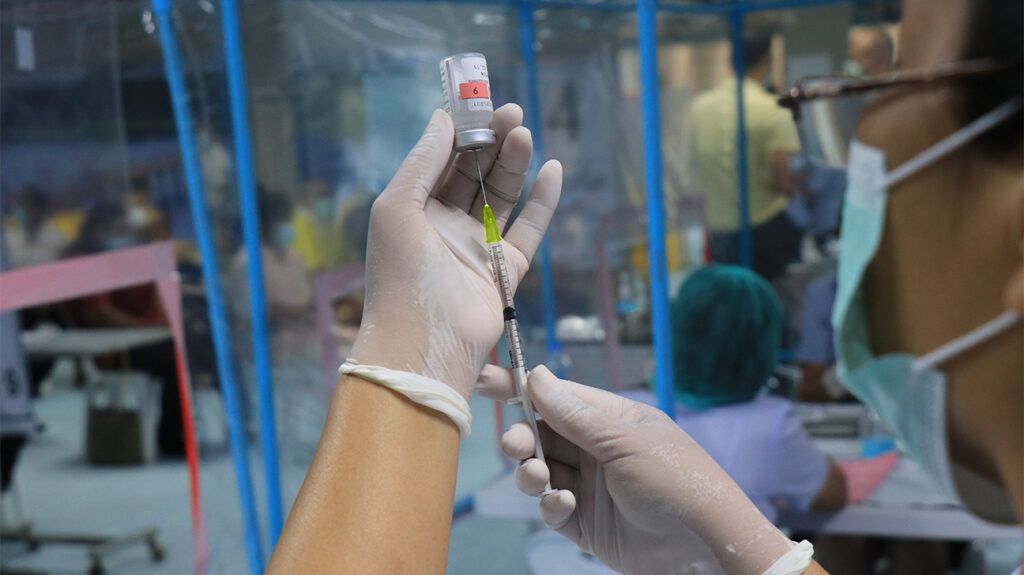Breakthrough in Alzheimer’s Treatment: Nanoparticles Reversing Disease in Mice

Researchers have developed innovative nanoparticles that restore blood-brain barrier function, effectively reversing Alzheimer's pathology in mouse models by clearing toxic amyloid-β proteins.
A pioneering study conducted by researchers from the Institute for Bioengineering of Catalonia (IBEC), West China Hospital Sichuan University, and international partners has demonstrated a groundbreaking approach to treating Alzheimer's disease in mouse models. The team utilized specially designed nanoparticles with bioactive properties, termed "supramolecular drugs," to restore the function of the blood-brain barrier (BBB), an essential vascular interface that regulates the brain's environment.
Unlike traditional nanomedicine, which employs nanoparticles mainly as delivery vehicles, this innovative method uses nanoparticles that are active agents themselves. These particles effectively repair the BBB, facilitating the clearance of toxic proteins like amyloid-β (Aβ), which accumulates abnormally in Alzheimer's disease and impairs neuronal function.
The research involved administering only three doses of these supramolecular drugs to genetically modified mice prone to Aβ accumulation and cognitive decline. Remarkably, within an hour post-injection, there was a 50-60% reduction in Aβ levels in the brain. Follow-up behavioral assessments over several months revealed significant cognitive improvements, with treated mice displaying behaviors comparable to healthy animals, even months after treatment.
The nanoparticles act by mimicking ligands of the receptor LRP1, which naturally transports Aβ across the BBB for clearance. In Alzheimer's, this system often becomes dysfunctional, leading to protein buildup. The nanoparticles facilitate the transport process, restoring the brain’s ability to eliminate Aβ and other waste molecules effectively.
This approach not only addresses amyloid clearance but also rejuvenates the vascular system, creating a positive feedback loop that promotes sustained brain health. Researchers believe this strategy could open new avenues for clinical intervention, emphasizing the importance of vascular health in neurodegenerative diseases.
The study underscores the critical role of the brain's vasculature in maintaining neurological health and supports the potential application of targeted nanotherapeutics for neurodegenerative conditions. As Dr. Giuseppe Battaglia from IBEC notes, "Our nanoparticles seem to activate a feedback mechanism that restores natural clearance pathways, leading to rapid reversal of Alzheimer's pathology." The findings have been published in the journal Signal Transduction and Targeted Therapy.
Stay Updated with Mia's Feed
Get the latest health & wellness insights delivered straight to your inbox.
Related Articles
Trust in Sunscreen Brands and the Need for Scrutiny: Lessons from the SPF Controversy
Recent testing reveals that many sunscreens do not meet their labeled SPF claims, shaking consumer trust and highlighting the need for greater transparency and accountability in health product regulation.
Single Dose of Antibiotic as Effective as Multiple Doses for Treating Early Syphilis, Study Finds
A new clinical trial reveals that a single injection of benzathine penicillin G is as effective as multiple doses for treating early syphilis, offering a simpler treatment option and potentially improving patient adherence.
Breakthrough in Gene Therapy Stabilizes Neuropathy in Rare Nerve Disease
A groundbreaking gene editing therapy shows promise in stabilizing neuropathy symptoms and reducing disease markers in hereditary transthyretin amyloidosis, offering hope for long-term disease management.
Updates to COVID-19 Vaccination Guidelines: Essential Questions Explored
Explore the latest changes in COVID-19 vaccination guidelines in 2025, including impacts on pregnant people and children, and expert insights on public health implications.



